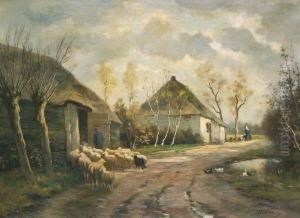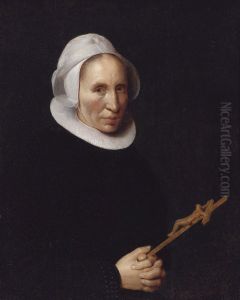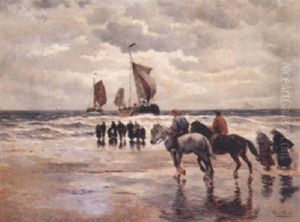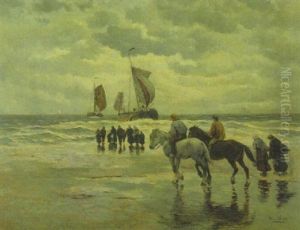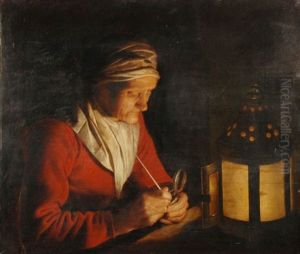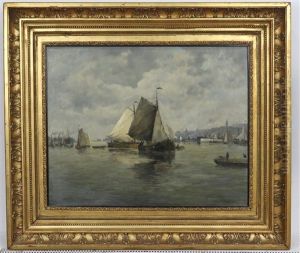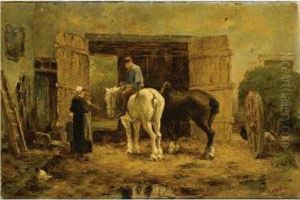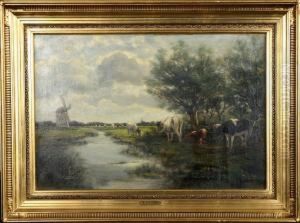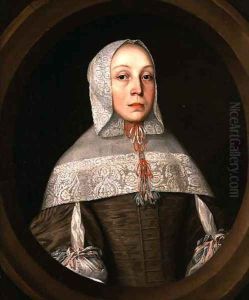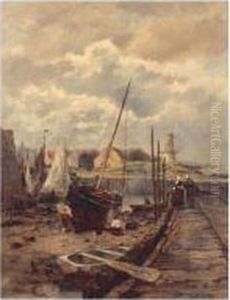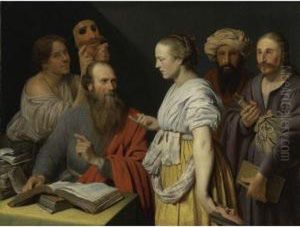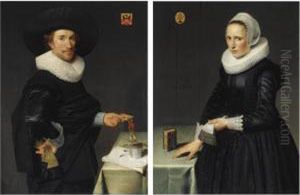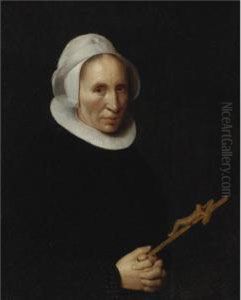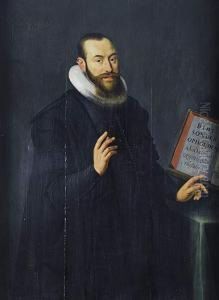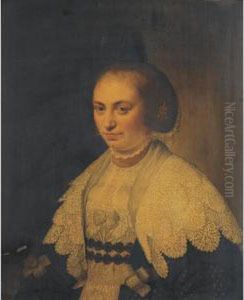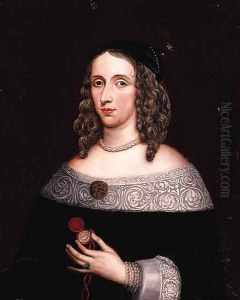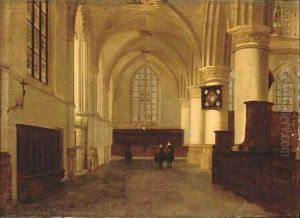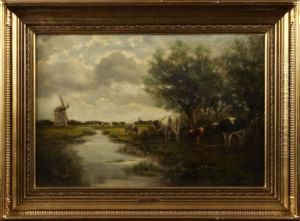Willem van der Vliet Paintings
Willem van der Vliet was a notable Dutch Golden Age painter, born in 1584 in Delft, Netherlands. His exact birth date is not well-documented, but his contributions to art during this flourishing period of Dutch history are well-recognized. Van der Vliet was part of a prominent family of artists; his uncle, Hendrick Cornelisz van Vliet, was also a distinguished painter, known for his church interiors. This familial connection likely influenced Willem's early interest and eventual career path in the arts.
Willem van der Vliet's artistic journey is characterized by his specialization in portraiture. He was renowned for his adept skill in capturing the essence and stature of his subjects, which primarily included the Dutch elite and prominent figures of his time. His works are distinguished by their detailed execution, nuanced use of light and shadow, and the psychological depth he brought to his portrayals of sitters. Although portraiture was his mainstay, van der Vliet occasionally ventured into other genres, including historical and biblical scenes, showcasing his versatility as an artist.
Throughout his career, van der Vliet remained based in Delft, a city that was a vibrant center for artists during the Dutch Golden Age. Delft's artistic community was home to many influential artists, including Johannes Vermeer, with whom van der Vliet shared his hometown. Despite the prominence of such figures, Willem managed to establish his own reputation and was a respected member of the Guild of Saint Luke in Delft, an association that played a crucial role in the careers of artists during this period.
Van der Vliet's works were well-received during his lifetime, and he enjoyed the patronage of the Dutch elite, which allowed him to pursue his art without significant financial concerns. His paintings are now held in esteemed collections and museums around the world, serving as a testament to his skill and the enduring appeal of his artistic vision.
Willem van der Vliet passed away in 1642 in Delft. His death marked the end of a significant chapter in Dutch art, but his legacy continues to be celebrated for its contribution to the richness of the Dutch Golden Age of painting. Though not as widely recognized as some of his contemporaries, van der Vliet's work offers invaluable insights into the culture, fashion, and personalities of his era, making him a fascinating subject of study for art historians and enthusiasts alike.
